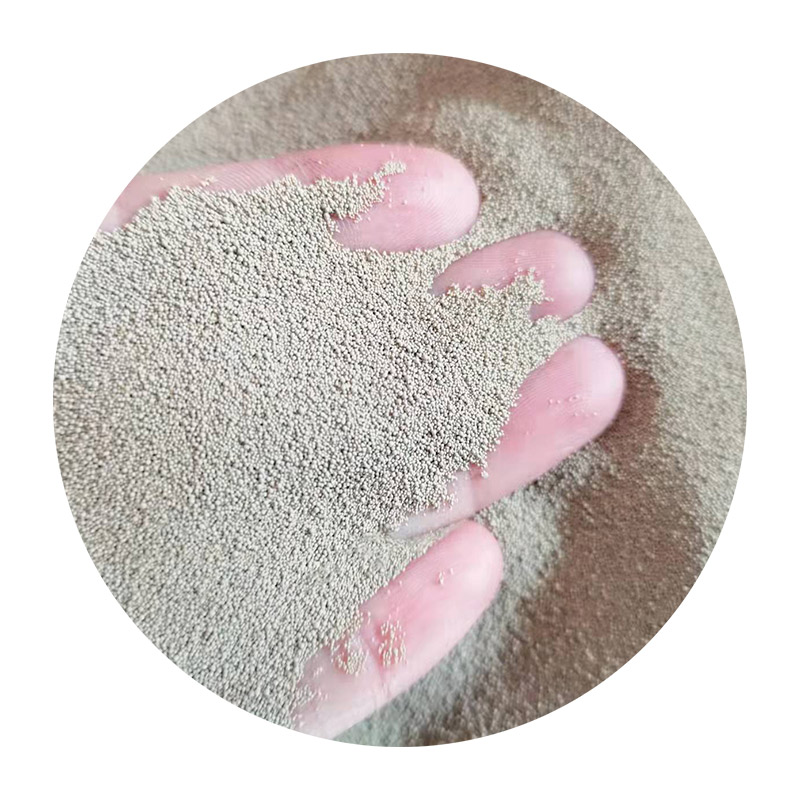Sanding Resin 3D Prints A Comprehensive Guide
3D printing has revolutionized the way we create prototypes, models, and functional parts. Among the various methods available, resin printing has gained immense popularity due to its ability to produce high-resolution, detailed prints. However, achieving a flawless finish often requires post-processing techniques, with sanding being one of the most effective methods. In this article, we will explore the importance of sanding resin 3D prints, the techniques to do it right, and the tools you will need.
The Importance of Sanding
Resin prints, while detailed, often come with surface imperfections due to the layer-by-layer printing process. These imperfections can include visible layer lines, rough patches, and other defects that detract from the overall appearance of the model. Sanding not only improves the aesthetic quality of the print but also prepares the surface for painting or finishing. A smooth surface ensures that any subsequent coatings adhere better, resulting in a more professional-looking final product.
Techniques for Sanding Resin Prints
The process of sanding resin prints can be broken down into several steps
1. Safety First Always wear a mask and protective eyewear when sanding resin prints. Resin dust can be harmful if inhaled or if it comes into contact with your skin.
2. Start with Coarse Grit Sandpaper Begin with a coarse grit sandpaper (around 80-120 grit) to remove larger imperfections. This initial sanding will help level out the surface and smooth out any prominent layer lines.
sanding resin 3d prints

3. Progress to Finer Grits After addressing the larger imperfections, move on to finer grits (240, 400, and even up to 1000 grit) for a smoother finish. Each progressive sandpaper grit removes the scratches left by the previous grit, leading to a finer surface.
4. Wet Sanding For the final stages, consider wet sanding, which involves adding water or a light lubricant while sanding. This not only reduces dust but also minimizes the risk of overheating the resin, which can create further imperfections.
5. Inspect Regularly Periodic inspection during the sanding process can help you gauge the smoothness of the surface. It's essential to ensure that you're not sanding away too much material, as this can alter the print's intended dimensions.
Tools and Materials Needed
To effectively sand your resin prints, you will need a few essential tools
- Sandpaper A variety of sandpaper grits (80, 120, 240, 400, 600, and 1000) - Sanding Sponge or Block For better grip and even pressure distribution - Water or Lubricant For wet sanding - Dust Mask and Safety Goggles To protect against harmful dust - Cleaning Cloth To wipe away dust and debris after sanding
Conclusion
Sanding resin 3D prints is a crucial step in achieving a polished and professional finish. By following the right techniques and utilizing the appropriate tools, you can transform your prints from rough prototypes to stunning models ready for display or use. Remember to prioritize safety during the sanding process and take the time to inspect your work at each stage. With practice, you'll master the art of sanding and elevate the quality of your resin prints to new heights.
Post time:Desemba . 12, 2024 09:54
Next:sand cast foundry
